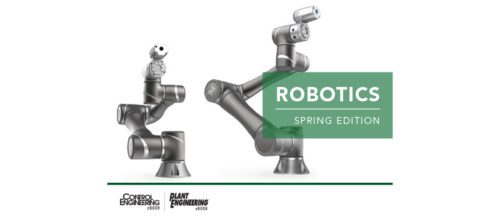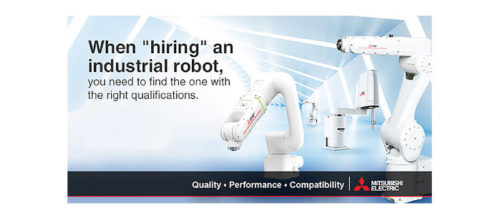Robot use in logistics and transportation industries expected to grow
Robots are designed to provide safety, efficiency and accuracy to logistics companies and the market for them is expected to grow exponentially in the next 5 years.
The robotics market serving logistics and transportation companies is primed for rapid growth over the next five years. Currently, around 80% of warehouses are manually operated, meaning they have no automation support.
That’s about to change in a big way. In 2016, the logistics robotic market had a global market revenue of $1.9 billion. In 2021, a recent study predicts market revenue for the global sector to reach $22.4 billion. In the same amount of time, robot unit shipments will grow from 40,000 to 620,000 annually.
Amazon is known for their automated distribution centers, but other logistics companies are turning to robotics for the safety, efficiency and accuracy they provide.
Robotics applications in logistics and transportation
Distribution networks, across the entire global supply chain, require a high volume of varied and complicated tasks. This presents challenges for automation, which is easiest and cheapest to implement where there are easy and repetitive tasks. But new technology is overcoming these obstacles in logistics in a few distinct ways.
Container loading and unloading
Much of the goods consumed in America were at some point shipped in a standard container from overseas. Typically, these products aren’t palletized, meaning they’re stacked from floor to ceiling. The variation in products sizes and shapes has made automation of loading and unloading difficult until recently.
3-D laser vision, coupled with robotic software, can view different products in a container, determine the optimal loading or unloading sequence, and carry out this function with a high level of accuracy.
Stationary piece picking
In the warehouse, items are constantly being sorted. Often, it’s simply a matter of moving a product from one box to another. Historically, piece picking has been difficult because robots weren’t sure which items they were picking. Industrial robot arms, enabled by vision systems that can recognize which product is which, are able to handle this process in a stationary workcell. These robots boost efficiency and accuracy in the warehouse.
Custom packaging
Whether it’s a big sale or a bulk discount, many items need custom packaging before they hit retailers’ shelves. This is very difficult for a robot since it means working with different sizes and shapes of products, but also because it requires work to be completed around humans as opposed to inside of a workcell. This is where collaborative robots, designed to work safely around humans, have played a role in logistics.
Collaborative robots (cobots) have no sharp edges and shut down when they bump into something. In logistics applications, some collaborative robots can even be trained to do tasks by letting a human guide their arms once to learn the motion. This decreases inefficient programming time and speeds of the custom packaging process.
Robots are quickly making their way into the logistics and transportation sector. They’re providing safety, efficiency and accuracy in a wide variety of applications, mostly involving work in the distribution center.
This article originally appeared on the Robotics Industries’ Association (RIA) Robotics Online Blog. RIA is a not-for-profit trade association dedicated to improving the regional, national and global competitiveness of the North American manufacturing and service sectors through robotics and related automation. The RIA is a part of the Association for Advancing Automation (A3), a CFE Media content partner. Edited by Hannah Cox, content specialist, CFE Media, hcox@cfemedia.com.
ONLINE extra
See additional stories from the RIA linked below.
Original content can be found at www.robotics.org.
Do you have experience and expertise with the topics mentioned in this content? You should consider contributing to our CFE Media editorial team and getting the recognition you and your company deserve. Click here to start this process.



